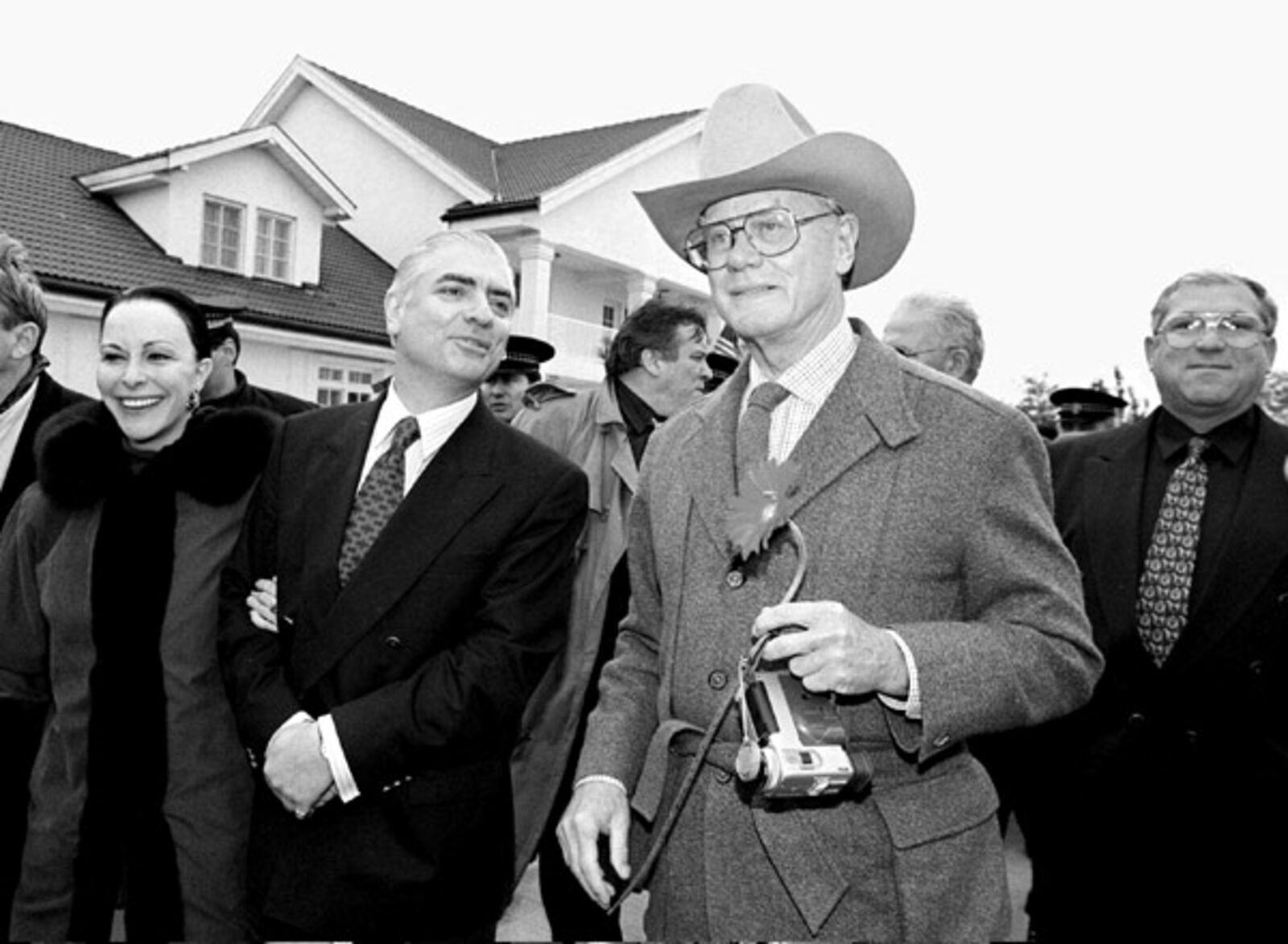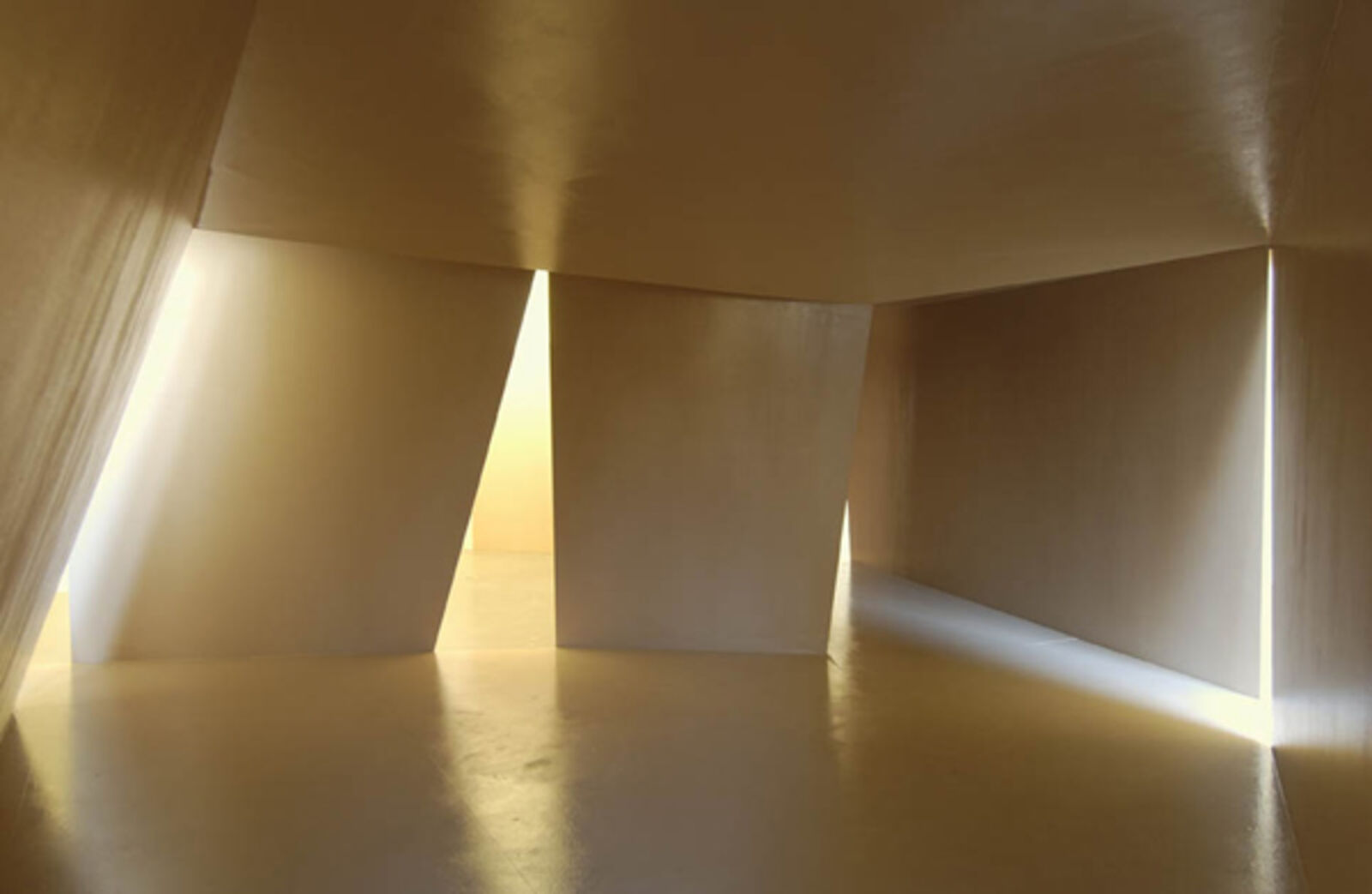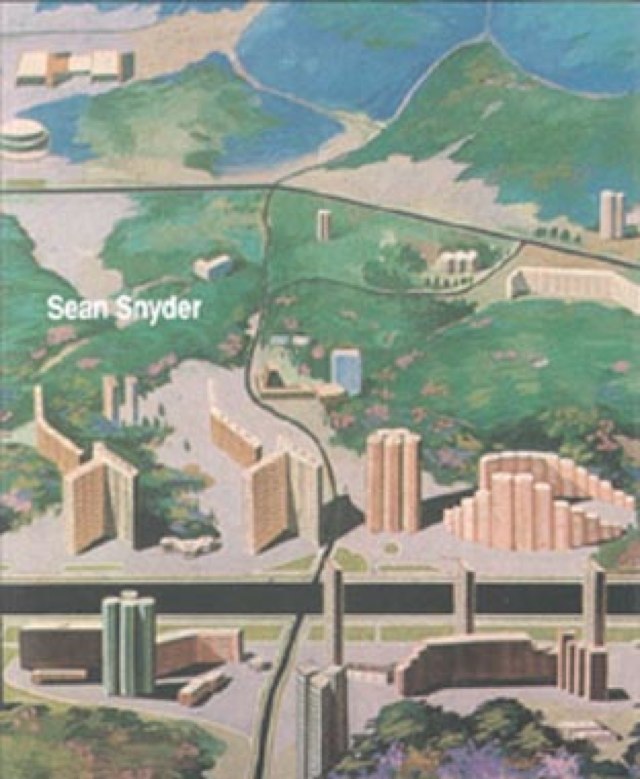Sean Snyder / Monika Sosnowska "Sean Snyder / Monika Sosnowska"
de Appel, Nieuwe Spiegelstraat 10, Amsterdam

© Sean Snyder

© Sean Snyder

© Peter Cox, Eindhoven

© Peter Cox, Eindhoven
1st floor: Sean Snyder
Using different media, Sean Snyder's installations explore aspects of urban space and architecture as signs of economic and political structures. They also address media and cultural domination. Whether producing material, reprocessing existing material or archival research - his work traces the visual codes that effect the built environment. His research picks up where other sources of information leave off, engaging the viewer in an interconnected narrative of seemingly fictional facts and coincidences.
Much of Snyder’s research-based work examines how images are projected from one continent to another to become urban realities. Snyders works experiment with montage as a working method and push it to extremes. In many of his photo collections, books and installations Snyder produces jump cuts of images from different cityscapes.
In the project Urban Planning Documentation/Road Runner and Coyote (1997-1999) images and text are juxtaposed with clips from the cartoon Road Runner and Coyote to parody urban planning manuals and vandalism protection publications.
The project Analepsis (2003-2004) uses re-establishing shots and sequence shots extracted from satellite news footage to structurally analyse television editing techniques. Isolated from sound and assembled in chronological order - lacking subtitles or any designation of the broadcaster - these scenes disorient the viewer.
In his ongoing project Temporary Occupation (2003-2004) Snyder investigates spaces utilized and influenced by the US military abroad: areas formerly occupied, the surroundings of present bases and prospective locations for new bases. The project analyses aspects such as the local economic and cultural impacts, spaces of consumption, and particularly the post-usage situation of former bases in places like Japan, Bulgaria and Germany.
In other projects the artist introduced a different approach. Instead of travelling to take pictures of architecture, he reconstructs how pictures of architecture travel. He explores the role media images play in the proliferation of architectural concepts - and maps how this process of mediation can lead to the translation of architecture from one continent to another. Based on a hypothesis that there are similarities in the urban planning and architecture of Bucharest and Pyongyang he presents Bucharest/Pyongyang (2000-2004) and Dallas Soutfork in Hermes Land, Slobozia, Romania (2001): a cycle of work dealing with the relationship between Romanian and North Korean architecture and its unapparent relation to a copy of the Southfork Ranch from the television series Dallas. Dallas was one of the few American Television series broadcast during the Ceaucescu regime. He was rumoured to be a fan of the program, but it was broadcast to show the evils of capitalism. During the mid-1990s the corrupt Romanian billionaire Ilie Alexandru created a Balkan version of the Southfork Ranch in Slobozia, on the main road between Bucharest and the Black Sea. Through this work we can see how, what on the surface seems like a simple example of US hegemony and neo-colonialism, is turned on its head under local or regional conditions.
This exhibition will travel to the Kunsthalle St. Gallen (2004) and Portikus, Frankfurt am Main and the Wiener Secession, Vienna (2005).
2nd floor: Monika Sosnowska
Monika Sosnowska makes work where the notion of space is made explicit by intensifying the experience. Her carefully constructed installations, with their references to modern architecture, offer such surprises as strange scale proportions and other trompe l’oeil principles.
The architectural installation that Sosnowska has designed for De Appel is made up of geometrical forms. Making use of changes in scale, she plays with the idea that the spectator is not only inside the sculpture but also outside it. This reversal of interior and exterior, in combination with the labyrinthian system of corridors, causes the spectator to feel estranged from the existing situation. In this way Sosnowska confronts us with the influence, which should not be underrated, that architecture has on sensory perceptions and the physical relationship we have with our environment.
In 2000 she made the installation Bon Voyage, a system of complicated spatial units, walls and panels. Sosnowska gave the walls a neutral white colour onto which she applied monochrome bands of colour running horizontally or vertically. The labyrinthian effect thus created gave a complex appearance to the formal structure.
In Corridor (2002) at the Venice Biennial, Sosnowska commented on the dreariness that characterises certain buildings. A closed door leads to a clinical-looking corridor - with PVC floor, strip lighting and a green skirting-board, typical of buildings in the former Eastern bloc - that seems to disappear slowly into infinity. The optical illusion was created by a fifteen metre long construction whereby the ceiling became lower and lower and the space at the end more and more narrow. The illusion had the intensity of a film image where one lands in an unreal dream world. A world like that in the film Being John Malkovich (1994), where an office with a very low ceiling, sandwiched between two floors, provided direct access to the protagonist’s head.
Sosnowska is often inspired by simple geometric patterns. Her installation Untitled (2003) is based on the form of the staircase. In the first section of the installation a staircase made of thin planks was suspended in the space, black and white abstract patterns were applied to the walls, and a black carpet led to a second room filled with a series of staircase elements in all manner of types and sizes. By covering everything with the same material as on the ground Sosnowska thus created an unreal world in which the space seemed to dissolve into endless varieties of right-angles.
